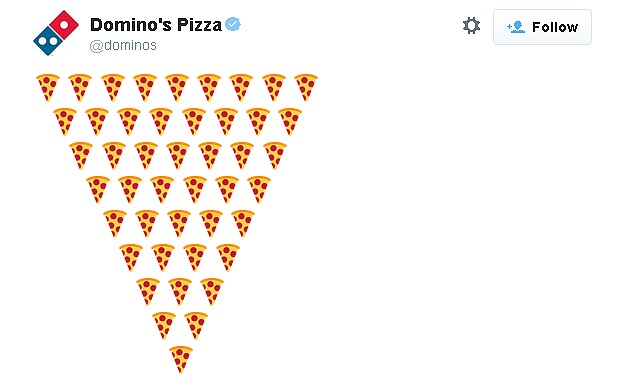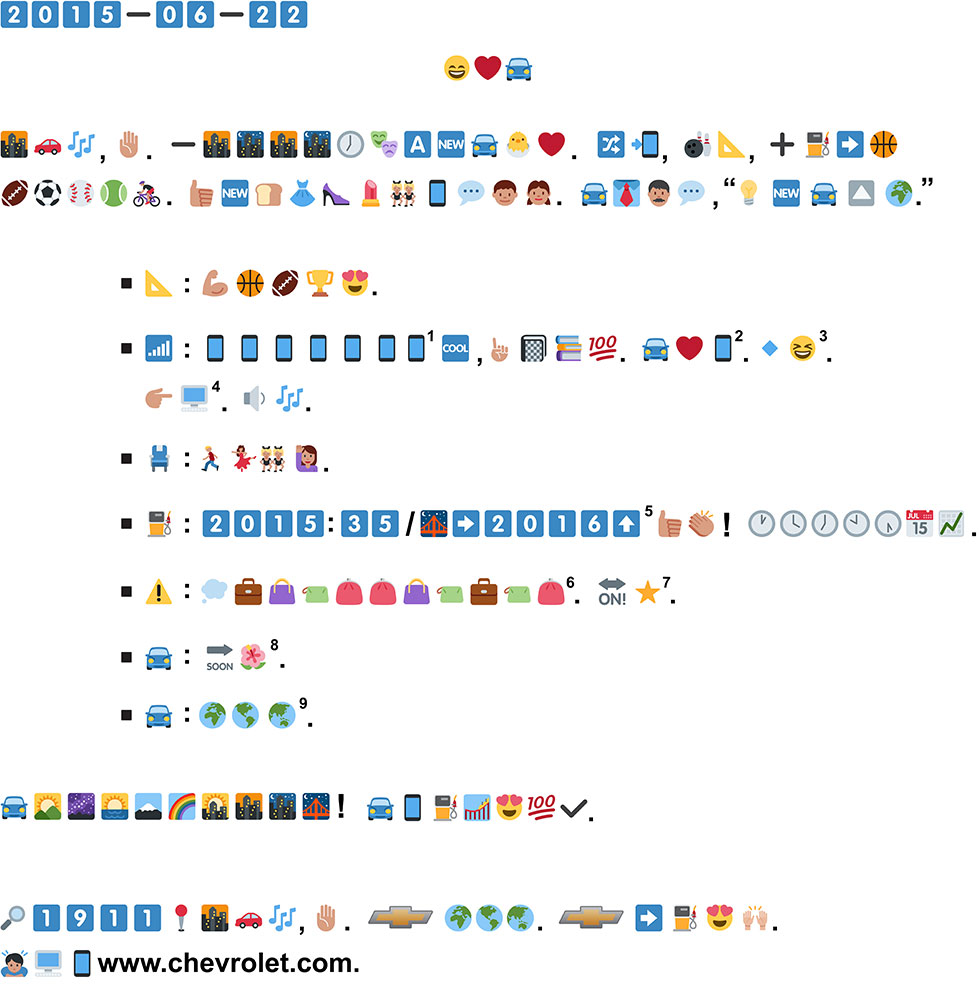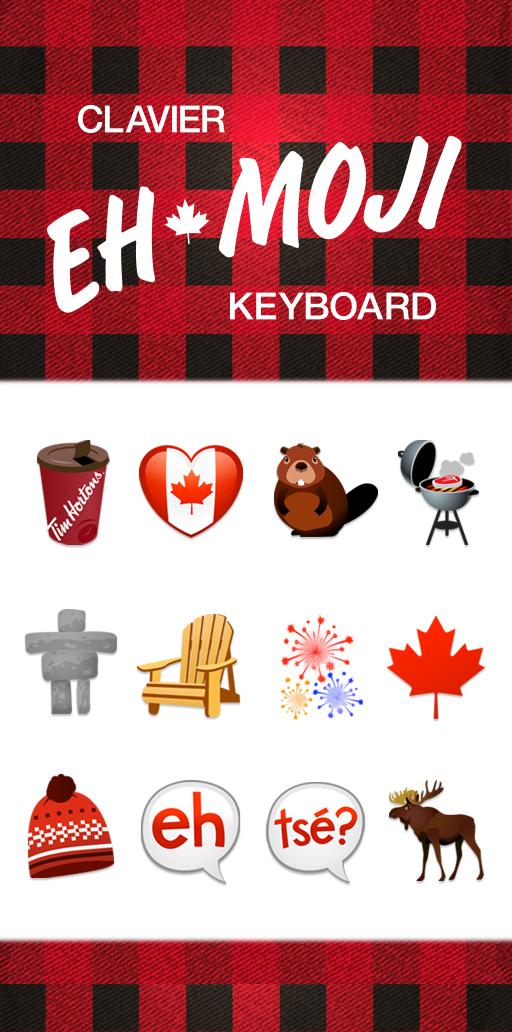Having studied literature, I always felt strongly about language: I fancy beautiful long old-fashioned words or any words that is slightly out of our usual day to day vocabulary. As a matter of fact “pulchritudinous” and “tintinnabulation” are two of my favourite words.
As a firm advocate of perfect spelling and grammar, I am allergic to misspelling. Therefore, you shouldn’t be too surprised to learn that text language is one of my biggest pet peeves. To my great dismay, it appears that text language is ever-spreading, ever-expending, as unstoppable as the tide of the sea. It sneaks into our language, one slang word at a time and secures its unquestionable rule over its sheep-minded subjects. And I sometimes find myself pining for the outmoded poetry of the old-fashioned, forgotten words of a time long gone when I read messages such as “Lol, wuz gr8 2 c u 2 but omg gtg ttyl! Luv u Xxx”. Which can be translated as: “Seriously, it was great to see you too, unfortunately I got to go. I will talk to you later. I love you, kiss”. As a Millenial, text language is part of my inherent knowledge, something I feel I kind of always knew without ever really learning it. I can write in text language and I can read it but I still dislike it, strongly.
What you may be surprised to learn, considering I just professed my love of words and profound disdain for text language, is that I love, loVE, LOVE emojis. Emojis are awesome.
And I’m not the only one who thinks so. Recently, either because brands finally caught on to the emoji trend or because 20 something Millenials are entering the job market and getting marketing jobs in big companies (both of which are probably not totally unrelated), brands have started to use emojis as a mean of communication.
Snapchat, Instagram and Pinterest have proven that a picture can speak a thousand words. Now that brands have run a few successful campaigns focusing mostly on images on those social media sites, using emojis seems to be the next logical step in reaching out to the younger generation.
In the last few weeks alone, no less than 3 brands launched emoji-based campaigns.
First Domino’s pizza, the well-known pizza brand, launched its #EasyOrder campaign, introducing a feature allowing consumers to order a pizza simply by tweeting a pizza emoji. All you need to do is tweet a pizza emoji to the Domino’s account and about 30 minutes later you get a pizza delivered right to your door. Contrary to what you may think, this is not just a marketing stunt as Dominos plans to integrate it as a permanent ordering method and is also in the process of devising similar ordering methods for other social media platforms.
Then, Chevrolet, wanting to engage the young generation, unveiled their new press release written entirely in emoji, encouraging its fans to try and decode. To help people understand this rather cryptic message, Chevrolet created on their Youtube channel an Emoji Academy series in which Ashley Benson, Jamie Chung, and Zendaya taught the emoji language to a middle-aged man. To top it all, Chevrolet released “Speak My Language”, an emoji music video starring famous Youtubers Julian Smith, Tyler Oakley, Mike Tompkins, Eva Gutowski and Amy Heidemann (from Karmin) – seriously, how cool is that?!?! –. Thanks to those online celebrities and the massive use of emoji, the campaign was a success on social media.
More recently, on July 1st, Canadian restaurant chain Tim Hortons celebrated Canada Day by releasing the “EHmoji” keyboard. This special emoji keyboard features 12 “quintessential” Canadian images such as a maple leaf, a beaver, a moose or the infamous “eh”.
Domino’s, Chevrolet and Tim Hortons are by no means the first brands to launch emoji-based campaigns, as Coca-Cola or Burger King did it in the past; but considering the first actual emoji campaigns started to appear 2 or 3 years ago, seeing 3 in the span of a few weeks show that the trend is really picking up.
So, how long till we get emoji passwords now?


